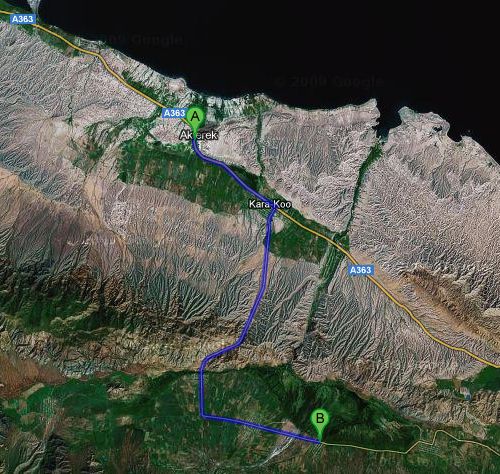I teach three ESL classes in the mornings, Monday through
Thursday at a private language school. Every day, when I’m teaching my second
class of the day, this is what I think of:
Only I wasn’t the one who chose poorly, and neither were my
students. The poor choice was made by the previous teacher, who also happens to
be the person in charge of choosing textbooks at this joint.
Choosing a text for an ESL class is different from choosing
one for your middle school or high school language arts class. You need to take into account the level of
language of your students, their reasons for studying English, and whether or
not the text will be useful to them in any way. It also doesn’t hurt to choose
something that they might find interesting. You should also keep in mind
that foreign language skill level does not in any way equate to US school
system grade level. Just because you read a specific book in the eighth grade
does not mean that intermediate level ESL students – whose level-appropriate
grammar text has them learning how to form sentences using “used to” while
learning vocabulary such as bicycle, summer camp, subway, and quiet – could gain
anything from attempting to read this book. I’m all for challenging my
students. I love the concept of i+1 – giving students content that is just a
little above their current level – but there’s a difference between challenging
your students and, well, torturing them.
The words that I listed above (bicycle, summer camp, subway,
and quiet) all come from the grammar-text that my intermediate level students
in my second class are using in their grammar class. It’s pretty spot on
level-wise. It might not be i+1 (it’s a little more like “just i”), and it certainly
isn’t interesting, but it contains incredibly useful vocabulary and useful
grammar that will be, well, useful to
new immigrants to the United States. I wish I taught from that text book.
Instead, I’m teaching Call of the Wild, by Jack London. Not
an ESL version of Call of the Wild, but the original. Like I said, this was not
my choice. And the chooser chose poorly. Putting aside the fact that this book
is depressing as hell (seriously, it’s all about dogs suffering and dying slow,
painful, graphic deaths in forty-below temperatures in the Alaskan wilderness),
there are some major problems with this choice of text.
Remember my short list
of vocabulary words from my students’ level appropriate text? Well, compare
those to primitive, fang, primordial, mastership, and toil. And I just picked
those out of Call of the Wild’s table of contents. Every chapter is bursting at
the seams with very advanced level English vocabulary, the kind that students
studying for the GRE would study. These words are way out of the league of
students who are learning how to say “I used to go to summer camp by bicycle.”
Additionally, not only are many of the words used in this
book very advanced, but they’re also pretty archaic. I don’t know how many
times I’ve said, “Now, this word is very, very old fashioned. We don’t normally
say this nowadays. Nowadays, we would say ____________ instead.” I’ve had
students ask, if no one uses these words, why are we studying them? And that,
my friends, is my point. This book was written in 1903, and I’m sure the
language was spot-on for its time… but this isn’t practical language to be
teaching ESL students in 2013.
Call of the Wild would be useful for ESL students who are at
an advanced level and who are interested in studying American literature. For recent immigrants – especially those at an intermediate level
of English – this book is a waste of time. And I’m stuck with it until April
18th.
![international [cat] lady of mystery](https://blogger.googleusercontent.com/img/b/R29vZ2xl/AVvXsEgnPJiUgfmMHEUcIPKDuSiTQFpnXgSofemne4WBX0VfEv-Bym8HdPHiD-iC2mNCJQog2tvPXKao_9vpRJG_vl4Yfi0ZTX_p3YpHLCie0rUHAJLgwcAb-Otj7hzc-_UkSI-yRNlpG45z8Wo/s1600/newblogtop2014b.jpg)


